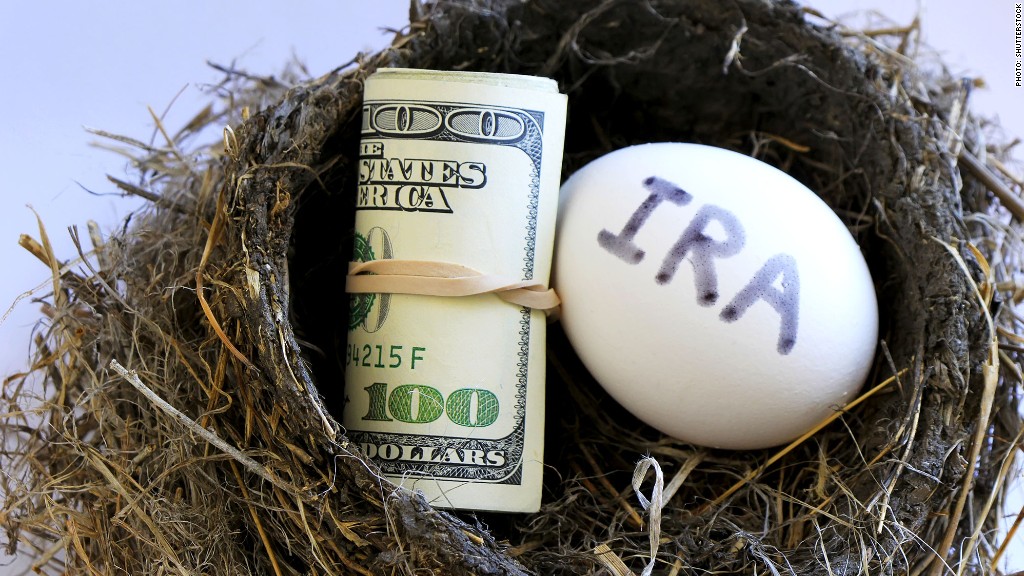
Balances on individual retirement accounts reached a five-year high in 2012 amid stock market gains and a surge in Roth IRA conversions.
The average IRA balance -- including both traditional IRAs and Roth IRAs -- stood at $81,100 at the end of 2012, up 53% from 2008 when balances hit their lowest point since the market meltdown, according to Fidelity Investment's analysis of nearly seven million IRA accounts.
Total contributions to IRAs increased every year since 2008 with the average annual contribution among Fidelity's IRA holders up 7.5% to $3,920. Year-over-year, contributions to IRAs were up 3.1%.
In addition, all three major U.S. stock market indexes rose in 2012, recording gains between 7% and 16%.
Related: How is a Roth IRA different from a regular IRA?
And no group saw a bigger increase in balances than savers ages 30 to 39. This group saw a staggering 105% increase in their average balances between 2008 and 2012.
Those nearing retirement, between the ages of 50 and 59, saw impressive but more modest gains of 81% in their IRA balances. Meanwhile, those just entering retirement, between 60 and 69, saw their balances rise by 70% between 2008 and 2012.

Fidelity also said it saw a significant surge in conversions to Roth IRA accounts in 2012, especially near the end of the year as several tax law changes were being hammered out. The firm said conversions to Roth IRA accounts surged 52% year-over-year in December and 12% for the year.
Earlier this year, Fidelity reported that the average balance on 401(k) accounts hit a record $77,300 at the end of 2012, a 12% increase from the year before.
Related: Financial education: Does your state make the grade?
Savers choosing to convert to or open a Roth IRA pay the taxes on their investments upfront so they are able to withdraw the money tax-free in retirement. This is often considered a good strategy for younger investors who are likely to be earning less money and paying a lower tax rate now than they will come retirement.
As corporations and government agencies continue to cut back on pensions and other retirement benefits savers are relying more and more on individual retirement accounts, Fidelity said.
"It's encouraging to see that investors are committed to using tax-advantaged vehicles to save more," said Ken Hevert, vice president, Fidelity Investments. "People are aware their retirement future rests on their own shoulders."

